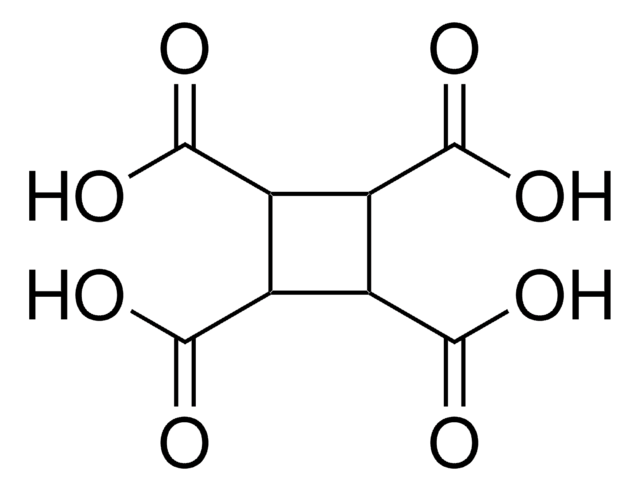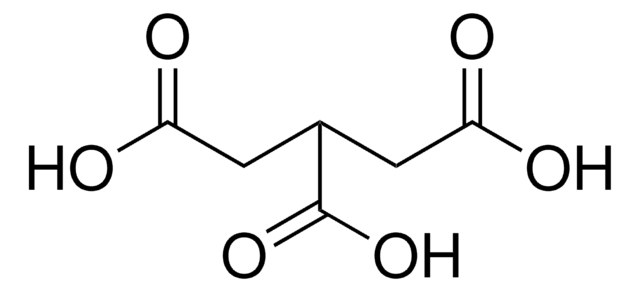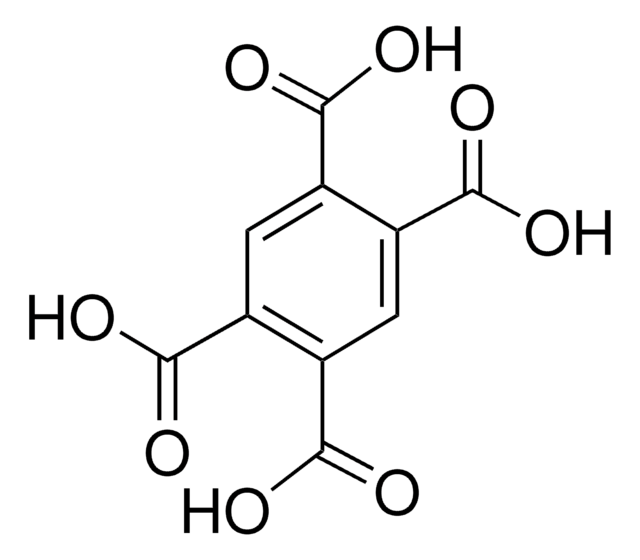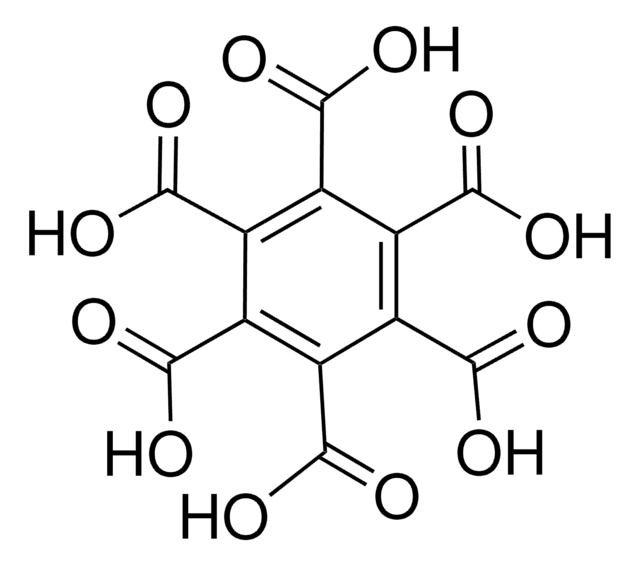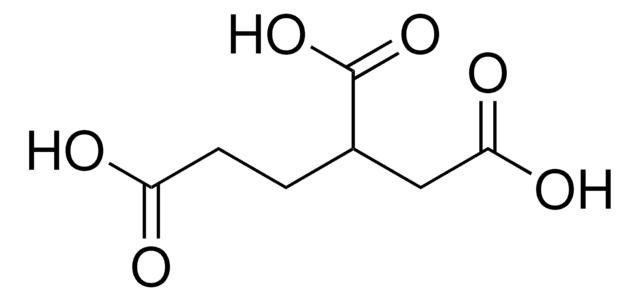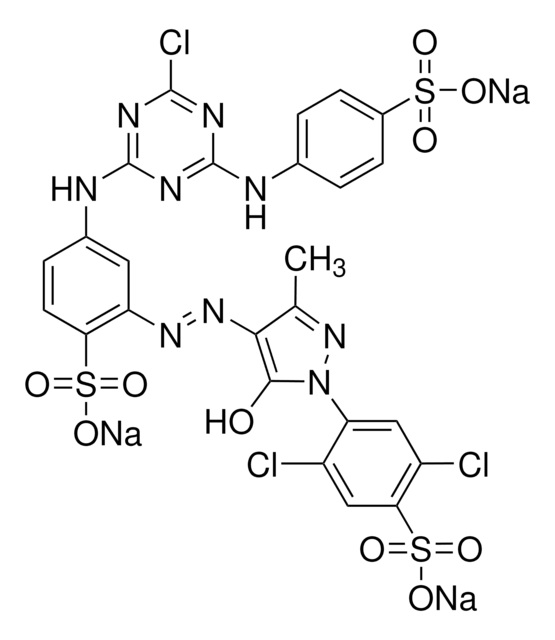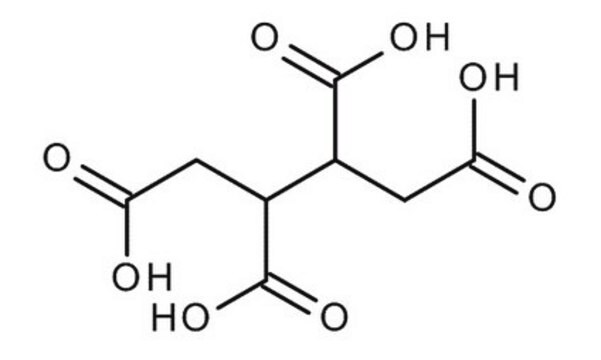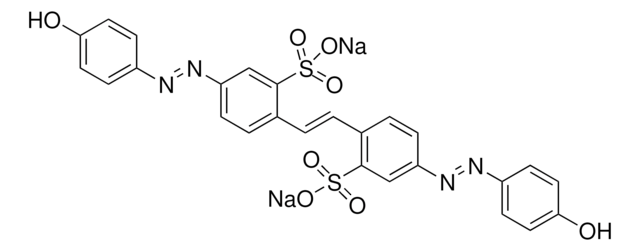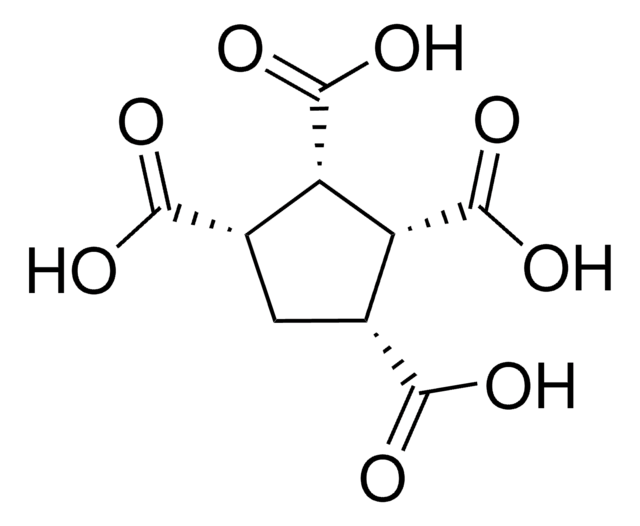257303
1,2,3,4-Butanetetracarboxylic acid
99%
About This Item
Productos recomendados
assay
99%
form
powder
mp
195-197 °C (dec.) (lit.)
SMILES string
OC(=O)CC(C(CC(O)=O)C(O)=O)C(O)=O
InChI
1S/C8H10O8/c9-5(10)1-3(7(13)14)4(8(15)16)2-6(11)12/h3-4H,1-2H2,(H,9,10)(H,11,12)(H,13,14)(H,15,16)
InChI key
GGAUUQHSCNMCAU-UHFFFAOYSA-N
¿Está buscando productos similares? Visita Guía de comparación de productos
General description
Application
- To functionalize cotton fabric. BTCA-treated fabric shows improved anti-pilling, wrinkle resistance, and fire-retardant properties.
- To fabricate flexible, free-standing nanocellulose membranes. The cross-linking with BTCA improves water stability and ionic conductivity of membranes.
signalword
Warning
hcodes
Hazard Classifications
Acute Tox. 4 Oral - Eye Irrit. 2
Storage Class
11 - Combustible Solids
wgk_germany
WGK 3
flash_point_f
Not applicable
flash_point_c
Not applicable
ppe
dust mask type N95 (US), Eyeshields, Gloves
Certificados de análisis (COA)
Busque Certificados de análisis (COA) introduciendo el número de lote del producto. Los números de lote se encuentran en la etiqueta del producto después de las palabras «Lot» o «Batch»
¿Ya tiene este producto?
Encuentre la documentación para los productos que ha comprado recientemente en la Biblioteca de documentos.
Nuestro equipo de científicos tiene experiencia en todas las áreas de investigación: Ciencias de la vida, Ciencia de los materiales, Síntesis química, Cromatografía, Analítica y muchas otras.
Póngase en contacto con el Servicio técnico